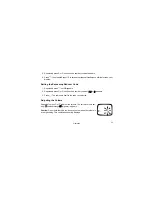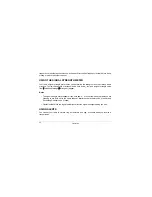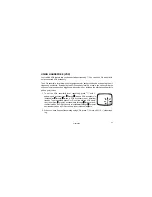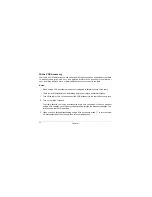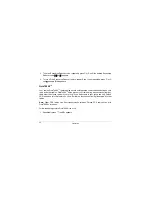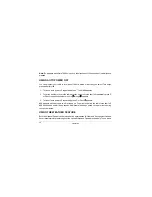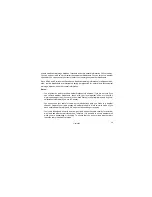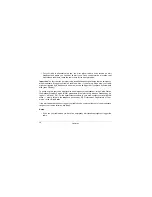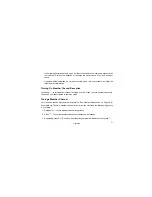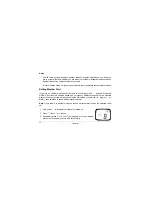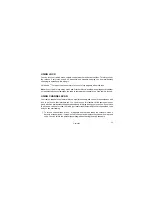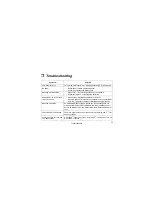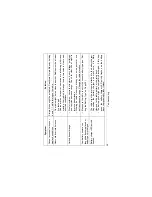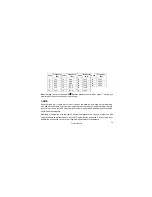
49
Operation
mitters broadcast warnings, watches, forecasts and other hazard information 24 hours a day.
You can set your radio so it will monitor these weather broadcasts. You can listen to a weather
channel or you can even set your radio to alert you to emergency weather broadcasts.
Since NOAA and Environment Canada now broadcast warning information for all types of haz-
ards, routine broadcasts are interrupted during emergencies for natural and technological
warnings, watches, and other critical information.
Notes:
• You might not be able to receive weather broadcasts in all areas. If you are not sure if you
can receive weather broadcasts, check with your local weather office or visit http://
www.nws.noaa.gov/nwr (if you are in the United States) or http://www.msc-smc.ec.gc.ca/
cd/factsheets/wxradio (if you are in Canada).
• You cannot use your radio for two-way communications while you listen to a weather
channel. However, your radio sounds a weather alert while it is in two-way mode (if you
have enabled weather alert) and it is on but not transmitting or receiving.
• Your radio is designed primarily as a two-way radio. It uses the same circuitry for both two-
way radio and weather alert receptions. Therefore, it is possible to miss a weather alert
while you are transmitting or receiving. To ensure that you do not miss a weather alert,
leave the radio in its weather mode.

